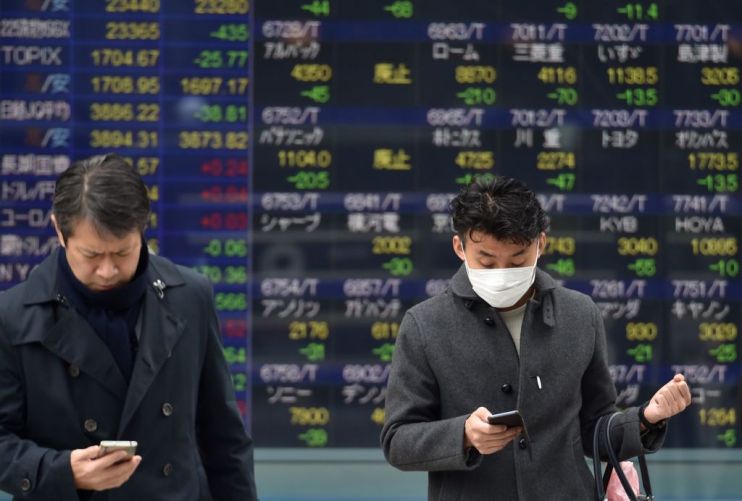
Coronavirus and climate change impact Asian currencies

SGD: Comments from the Monetary Authority of Singapore (MAS) which suggested that the Singapore dollar may depreciate has put pressure on the currency. The news came alongside confirmation that the coronavirus had reached Singapore, a factor which MAS believes will have an impact on growth, stalling the recovery after a challenging 2019 which saw the weakest growth in ten years. The statement intimated that there was room within the policy band to allow for some easing in response to the current situation. Following the announcement, the Singapore dollar dropped as much as 0.9% against the US dollar at one point and remains under significant pressure. Concern over the impact of the coronavirus and the possibility of a recession has pushed the currency to its lowest point in three years. Although the Singapore dollar is under pressure, the losses are in line with the broad weakness across all Asian currencies, which has seen the Asia Dollar Index retreat to 103.50, its lowest levels in more than two months.
HKD: Hong Kong has the second highest number of cases of coronavirus after China, but the number is holding steady at 50, which suggests that further spread may be prevented. However, this silver lining did little to help the currency after some disappointing economic and employment data. Currently, the Hong Kong dollar is trading close to the lower limit of its trading band with the US dollar. The Hang Seng Index has pushed downwards and if the virus continues to spread and halt the economy further, there is a possibility that the HongKong33 index will be under pressure as USD/HKD is pushed back to the upper half of the trading band.
JPY: The yen is usually considered a safe haven, but the Japanese currency is not immune to the effects of the coronavirus. It isn’t the only factor – the overall economic slowdown and position of the Bank of Japan are putting pressure on the yen. The coronavirus isn’t the only issue in Japan, it is the fact that with this sudden and unexpected downturn, it’s unclear what action can be taken to counteract the effects, which have included a widening of Japan’s trade deficit and a further fall in machinery orders. In other countries, the government might choose to cut taxes to increase spending, but Japan has a significant debt to GDP ration at 200% already. The Bank of Japan (BoJ) similarly has nowhere to turn after years of interest rate cuts and fiscal measures which have not had the desired effect of stimulating the economy. The current interest rate is -0.1%, and it may risk financial stability to make deeper cuts. This in turn would undermine inflation and takes the BoJ further from its 2% target. The fact that Japan stands on the edge of a recession may be why the yen is under pressure as investors can no longer ignore the disappointing economic data. From being a safe haven at just the beginning of the year, by this week the yen is the worst performing G10 currency. Whatever the future holds, there are likely to be more questions asked about whether the yen can be considered a safe haven and closer scrutiny of the economic results which may cause further volatility unless the coronavirus situation can be resolved swiftly.
AUD: Reserve Bank of Australia (RBA) Governor Philip Lowe sounded a note of caution about the country’s economy, highlighting the “profound” impact of climate change as well as the “major effect” of the coronavirus on trade, tourism and education. The expectation is that the effect on the economy will be short-term, assuming that further spread of the virus across Asia can be prevented. The Australian dollar retreated after the minutes of the RBA meeting showed that the board considered a rate cut, which may provide an indication of the future. In the meantime, a rate cut delivered by the People’s Bank of China pushed the currency lower as the country responded to the effects of the coronavirus. The Australian dollar, often seen as a proxy to the Chinese currency, dropped to an 11-year low. On the economic front, the statistics painted a mixed picture that has prompted little response from the markets as they focus on the bigger issues.
Sign up for a free account